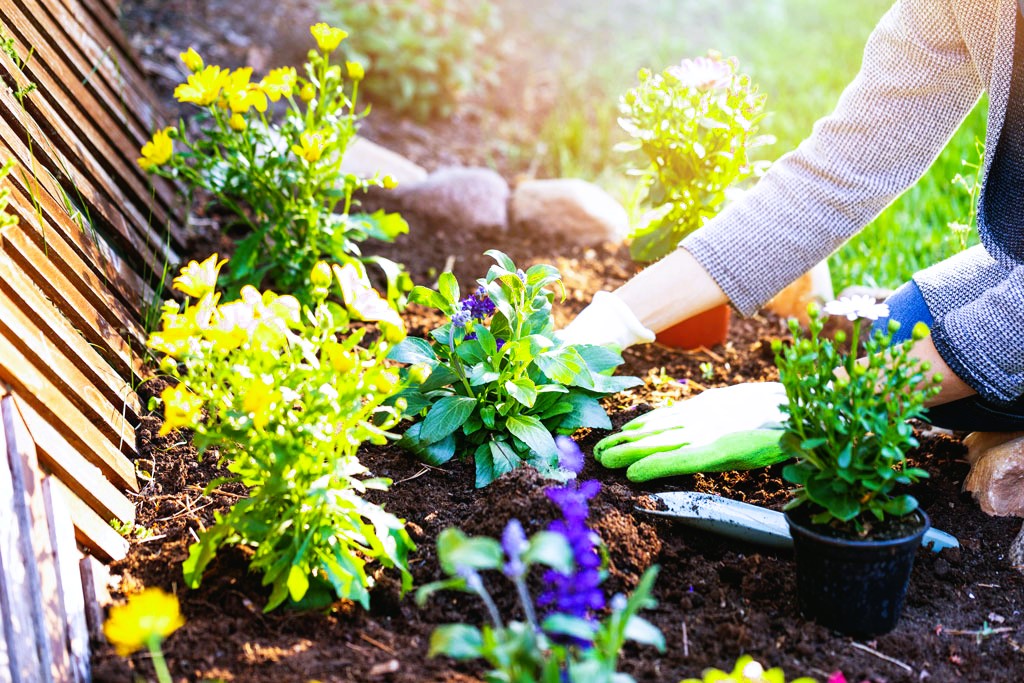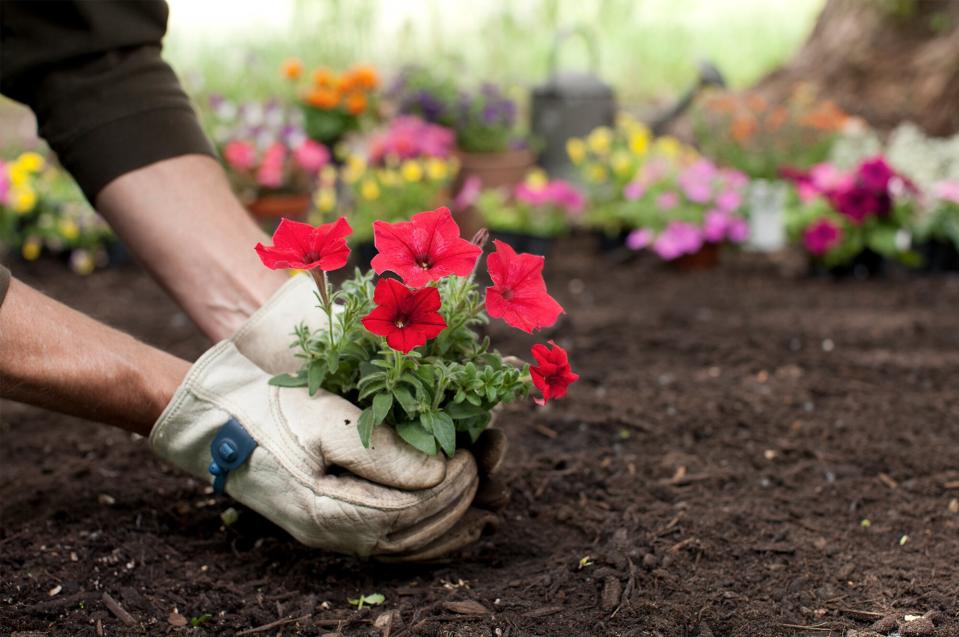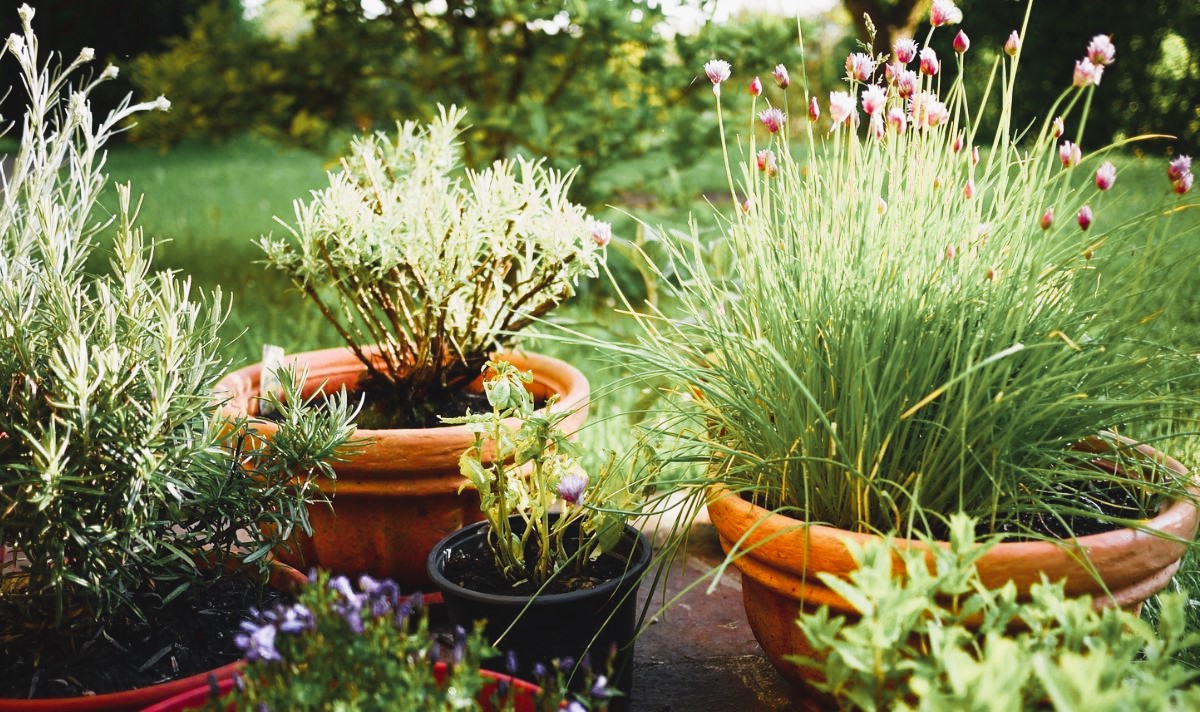Flowers are the heart and soul of any garden, adding beauty, color, and fragrance to outdoor spaces. Whether you have a small balcony or a spacious backyard, choosing and planting the right flowers can transform your garden into a captivating paradise. In this article, we will provide insights on selecting and planting flowers to help you create a stunning and thriving garden.
- Assess Your Garden: Before choosing flowers for your garden, it’s essential to assess the growing conditions of your outdoor space. Consider factors such as sunlight exposure, soil type, and moisture levels. Some flowers thrive in full sun, while others prefer partial shade. Similarly, certain flowers prefer well-drained soil, while others can tolerate heavier or sandy soils. Understanding these conditions will help you select flowers that are well-suited for your garden.
- Determine Your Garden Style: Every garden has its unique style, whether it’s formal, cottage-inspired, tropical, or contemporary. Determining your garden style will guide your flower selection process, ensuring that the chosen flowers harmonize with the overall aesthetic. For example, if you’re aiming for a cottage garden, opt for romantic and free-flowering varieties like roses, delphiniums, and foxgloves. If you prefer a modern garden, choose flowers with clean lines and bold colors, such as succulents or ornamental grasses.

- Consider Flowering Seasons: Flowers bloom at different times throughout the year, and incorporating a mix of early, mid, and late-season bloomers ensures a continuous display of color. When selecting flowers, pay attention to their flowering seasons and plan accordingly. Choose a combination of flowers that bloom in spring, summer, and fall, so your garden remains vibrant and beautiful throughout the year. This way, you can enjoy a varied and ever-changing tapestry of blooms. Creating a Harmonious Garden Design, in The Aesthetics of Nature.
- Explore Flower Varieties: The world of flowers is vast and diverse, offering an abundance of options for every taste and preference. Take the time to explore different flower varieties, their colors, shapes, and growth habits. Consider factors such as plant height, spread, and maintenance requirements. Annuals, such as petunias and marigolds, provide vibrant colors for a single season, while perennials like lavender and daylilies offer long-lasting blooms year after year. Mixing different flower varieties adds visual interest and texture to your garden.
- Create Color Combinations: Colors play a crucial role in creating a visually appealing garden. Choose flower colors that complement each other and create harmonious combinations. You can opt for a monochromatic scheme, such as an all-white garden or a vibrant mix of contrasting colors. Additionally, consider the color of your home or garden structures to ensure the flowers complement the overall design. Color combinations can evoke different moods and atmospheres, so choose wisely to achieve the desired effect.
- Planting Techniques: Proper planting techniques are crucial for the success of your flowers. Start by preparing the soil, removing weeds, and loosening it to promote good root growth. Dig a hole slightly larger than the plant’s root ball and gently place the flower in the hole, ensuring it’s at the same depth as it was in the container. Backfill the hole with soil, firming it gently around the plant. Water thoroughly after planting to help settle the soil and provide essential moisture to the newly planted flower.
- Maintain Adequate Watering: Watering is a fundamental aspect of flower care, and providing adequate moisture is essential for healthy growth and blooming. Different flowers have different water requirements, so it’s important to understand the needs of each variety. Some flowers prefer moist soil, while others are more drought-tolerant. Avoid overwatering, as it can lead to root rot, and underwatering, which can cause wilting and stunted growth. Mulching the soil around the flowers can help retain moisture and prevent weed growth.

- Regular Maintenance: To keep your flowers looking their best, regular maintenance is necessary. Deadheading, or removing spent flowers, encourages more blooms and extends the flowering season. Pruning may be required to shape and maintain the desired size of the plants. Additionally, feeding your flowers with appropriate fertilizers promotes healthy growth and abundant blooms. Regularly inspect your garden for pests and diseases, addressing any issues promptly to prevent damage to your flowers.
For more in-depth information on gardening and flower selection, you can visit the following websites:
- Wikipedia: Link to Wikipedia’s article on flower gardening
These resources provide valuable insights, tips, and guidelines to help you choose and plant flowers that thrive in your garden. With careful planning and nurturing, your garden will be transformed into a vibrant and enchanting space filled with the beauty of nature. Happy gardening!

